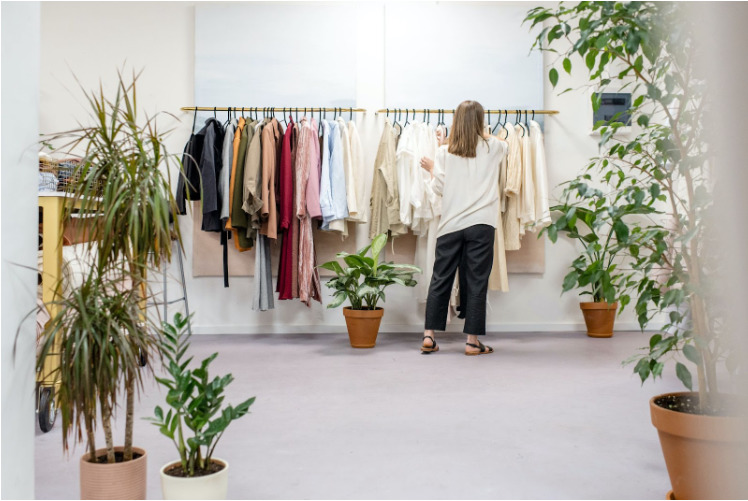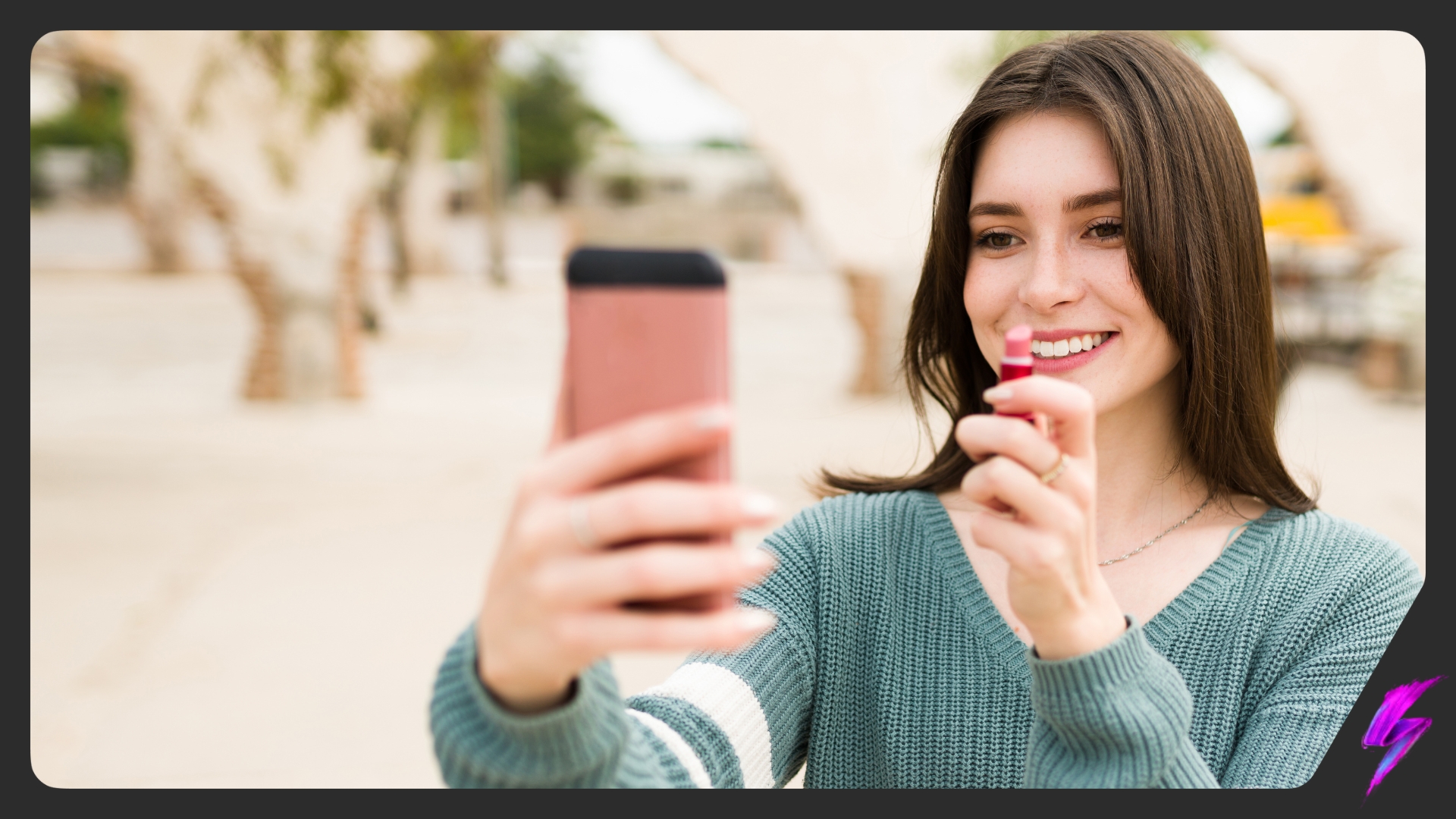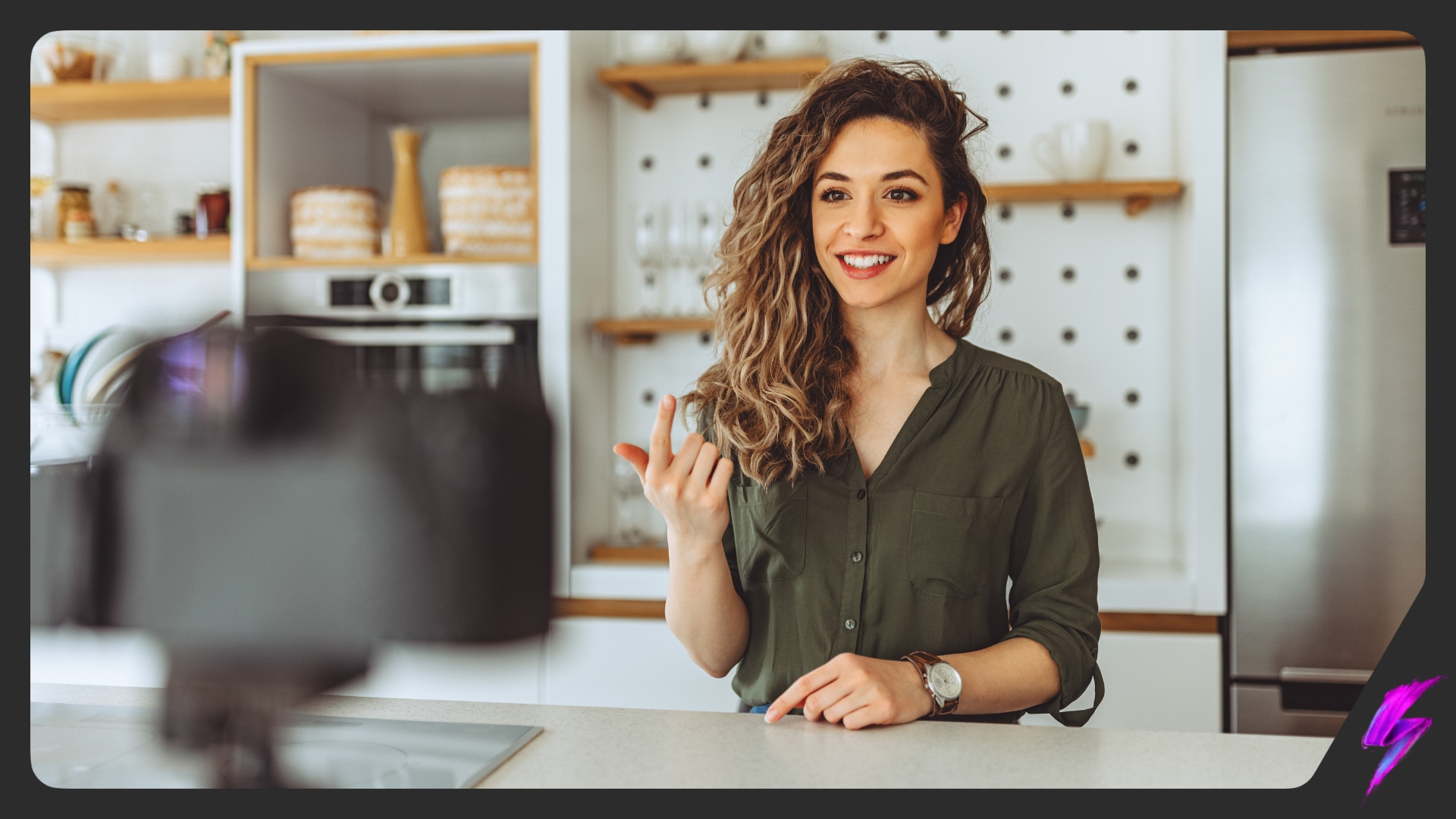Augmented Reality Marketing for Fashion
Dec 07, 2022
Social Media Platforms

Today’s markets are driven more and more by the needs of consumers and technological advancements. Augmented reality marketing has reached the meeting rooms of numerous industries, with the fashion industry being a leader.
Augmented reality came to the attention of the tech industry a while ago now and marketers have since adopted it in pursuit of higher engagement and conversion rates. The fashion industry still very much resides within brick and mortar retail, but even they have begun implementing augmented reality marketing efforts. According to ABI Research, over 120.00 stores will be using AR smart glasses globally by 2022.
While these figures promise a bright future for AR marketing in 2023, will it dominate the future of digital marketing, or is it simply another gimmick created by marketers?
Augmented reality vs. virtual reality
The terms augmented reality (AR) and virtual reality (VR) are often used interchangeably. While the two are similar, they both use different technologies. The main difference between them lies within how immersive they are.
Virtual reality offers a fully immersive experience, through vision, hearing and sometimes other senses. A digital headset is typically used to create this.
Augmented reality provides a real-world experience as an overlay. The technology recreates realistic environments by layering videos, images and 3D content on top of real-world objects; hence the word ‘augmented’. AR is not limited to headsets, however. It can be deployed on smartphones with projectors and non-specialised hardware.
For example, in June 2019, fashion giant ASOS launched a virtual catwalk feature onto its app. This allowed users to point their phone at any flat surface to see a virtual model exhibiting the clothes on a catwalk.
The advantages of augmented reality marketing in fashion
Studies show that people can retain up to 80% of what they see, in comparison to just 20% of what they read and 10% of what they hear. These statistics prove the importance of companies leveraging new technologies to create a more visually appealing experience for their customers.
Other benefits include:
Reduces returns
According to research firm Statista, product returns cost $550 billion in the year 2020. This was due to Covid lockdown restrictions prohibiting people from going into a store to try things on before buying; meaning customer expectations were not met.
Augmented reality allows customers to experience products in an augmented world and let’s them see first-hand if they will like them.
Increases revenue
A customer who is given the chance to interact with an item before purchasing it, deepens their sense of ownership; increasing the likelihood of them following through with the purchase at the end.
AR experiences aren’t limited to online stores. Brick and mortar locations can use technology in-store to enhance their customers’ shopping experience. They can then share these experiences online, encouraging new customers to come and visit the store and increasing the store’s revenue potential.
This leads us onto our next point.
Potential to go viral
We think immersive experiences are worthy of being talked about. This alone gives it a shareability factor. If enough people share something, it has the potential to go viral.
Going viral increases brand recognition and, in turn, encourages people to experience shopping with you themselves.
Another benefit of going viral is that marketing costs are reduced, as customers are essentially promoting your product for you.
Creates a rich and immersive experience
Immersive experiences elicit emotion which is a significant factor in a consumer’s decision to purchase an item.
A marketing report found that 47% of participants are more likely to engage with a product using immersive technologies if it provides personalised recommendations to suit their needs.
Rather than expecting a consumer to be able to visualise what a product will look like, augmented reality in fashion allows them to actually experience it and base their opinions on something they have physically interacted with.
Augmented reality marketing campaign examples
ASOS – See My Fit
ASOS is no stranger to mobile innovation through leveraging technological advancements. In fact, they’re so great at it that we’ve mentioned them twice now in this blog.
Taking things up a notch, ASOS have used augmented reality to launch a virtual catwalk designed to help users visualise products on a model that more closely represents themselves.
By solving the pressing issue of customers not following through with a purchase due to not being able to visualise what the item will look like on, ASOS are enhancing their customer experience and, in turn, driving sales.

Gucci – virtual sneakers
One of the main reasons for why brands are beginning to heavily invest in launching augmented reality marketing campaigns is to help customers make better and more informed product decisions.
Gucci added an AR feature to its app that lets users ‘try on’ their sneakers. Allowing them to do so ensures a decrease in returns and an increase in customer satisfaction.
More recently, the high-end retail giant released a pair of virtual sneakers which were designed to only be worn and shared online. The sneakers can be bought on the Gucci app for $17.99, making it an accessible way for consumers to get their hands on the luxury brand.
Rolling up the door to the #GucciSneakerGarage, a new destination on the Gucci App, features a mix of storytelling, gaming, and a virtual gallery of #Gucci sneakers recreated by a mix of talents, discover more https://t.co/pYjWc7irwm. pic.twitter.com/Ir0lnZkaSf
— gucci (@gucci) November 1, 2020
Machine A – virtual concept store
Machine A is a London-based concept store known for showcasing contemporary fashion design.
Due to Covid halting the fashion weeks of 2020, Machine A came up with a virtual boutique, which aimed to bring an immersive spin to a string of digital shows.
Users were able to scan QR codes embedded onto pillars and phone boxes in and around London to enter the virtual boutique and explore the collections.
While this example is entirely about brand recognition and engagement, it hints at how AR could enhance the ecommerce experience in the future.
To bet or not to bet on AR
The bottom line is that augmented reality marketing is set to become huge and brands should begin considering it if they wish to beat the competition.
With AR advertising becoming a legitimate alternative to traditional advertising methods, like TV and print ads, the sooner brands get AR under their belts, the more opportunities they will see for growth.
FAQ’s
How is augmented reality used in marketing?
AR allows marketers to add personal touches to mobile apps and other digital content. For example, shoppers can scan items they like the look of to learn more about them, virtually try them on, find out prices and view other clothes/accessories to pair with them.
What is an example of augmented reality marketing?
In November 2019 Adidas added a virtual try-on feature to its iOS app. The feature tracks foot movement, enabling users to see how the sneakers look on their feet in real time, with or without socks.
What is augmented reality advertising?
Augmented reality advertising allows technology to place a digital overlay – i.e., a virtual model or virtual infographic – on top of real world objects.
Why is augmented reality important to marketers?
Augmented reality is important to marketers because it allows brands to stand out from the rest by offering an enhanced shopping experience; in turn, increasing customer satisfaction.
What are the benefits of augmented reality marketing?
- Reduces returns
- Increases revenue
- Creates a rich, immersive shopping experience
- Boosts the potential to go viral
Our Influencer marketing agency and Social agency are located worldwide, with our agency network based in the USA, UK, UAE and China.
If you want to receive our industry insights, visit our Influencer Marketing & Social Media blog.
@ Socially Powerful
[cta]
Popular Blogs
Most Popular Instagram Hashtags | Tiktok Hashtags | Instagram Monetization | Facebook Banner Size | Snapchat Influencers | Most Subscribed Youtubers | Best Time to Post on Youtube | UK Twitch Streamers | Female Twitch Streamers | Popular Tiktok Songs | Male Tiktok Influencers | Lgbtq Tiktok Influencers | The Rise and Fall of Clubhouse | Influencer Marketing on Clubhouse | LiketoKnowit | Pretty Little Thing Instagram| Top Social Marketing Agencies
Social And Influencer Marketing News + Insights
Get in touch
We'll show you how to start powerful conversation, drive social engagement, build your brand, hit sales targets or meet other goals you have, wherever you are in the world.
Work with us





